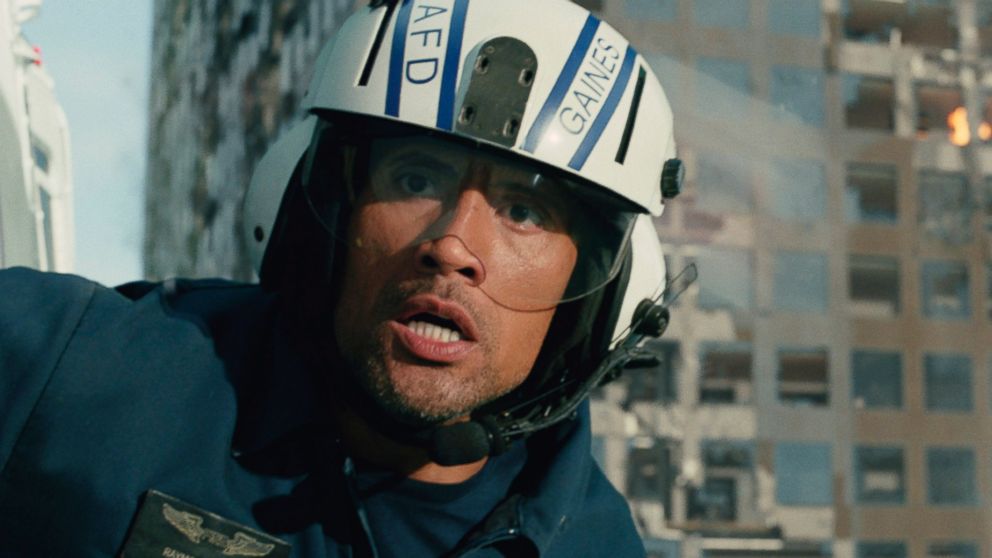'San Andreas': Expert's Take on What the Film Gets Wrong and What It Does Right
Seismologist Lucy Jones finds fault with the disaster film “San Andreas."

— -- The movie “San Andreas” opened big at the box office this weekend, but the film’s over-the-top depiction of the so-called “big one” along the San Andreas fault was debunked by someone who knows the real deal.
Lucy Jones, a seismologist with the U.S. Geological Survey, live-tweeted her reactions to the film during its premiere.
“I found fault in their fault,” Jones told ABC's Los Angeles station KABC.
The San Andreas long has been considered one of the most dangerous earthquake faults because of its length. At nearly 800 miles long, it cuts through California like a scar and is responsible for some of the largest shakers in state history.
3.9M Earthquake Strikes Near Los Angeles
In the film, a previously unknown fault near the Hoover Dam in Nevada ruptures and jiggles the San Andreas. Southern California is rocked by a powerful magnitude-9.1 quake followed by an even stronger magnitude-9.6 in Northern California.
Buildings collapse, the earth gapes wide open and a tsunami inundates San Francisco.
Here are few key plot points from the film -- and the truth, as explained by Jones:
1. The tsunami. The film show’s dramatic depictions of a tsunami, but Jones said that the San Andreas fault could never generate a tsunami because the fault is on land. Most tsunamis are triggered by underwater quakes, but they can also be caused by landslides, volcanoes and even meteor impacts.
2. In the film, the earth cracks wide open and gapes terrifyingly. In reality, Jones said, this fault line only rubs together, and would never gape wide open.
“The only faults that open up are the ones that don’t produce earthquakes,” she said.
3. A quake in the movie measures 9.6 on the Richter scale. Jones said that isn’t feasible, noting that an 8.3-magnitude quake is likely the worst that the Golden State could expect.
4. In the film, the quake is strong enough to pulverize the Hoover Dam and terrify citizens, but if a quake were strong enough to do that kind of damage, Jones said, no one would be able to run from it, not even the character portrayed by the film’s star, Dwayne “The Rock” Johnson, who can be seen running throughout much of the violent shaking.
But, Jones said, the film did get some things right.
When the seismologist played by Paul Giamatti says, “Drop cover and hold on because your whole life is going to depend on it,” that was actually sound advice.
And the warning about aftershocks rang true; quakes can trigger others.
The depictions of the fear were spot-on, Jones said, adding that the film “really captured what the emotions can be after a disaster.”
Jones’ overall take?
“I'd say it was great fun. I just wouldn’t try to learn seismology from it,” she said.
“San Andreas” took in an estimated $53 million in its opening weekend.
The Associated Press contributed to this report.




